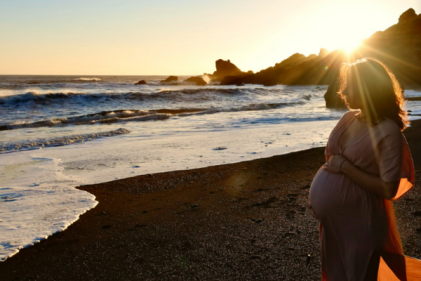
While not really something that mums-to-be want to think about during pregnancy, it has been highlighted in recent times as reality star Kim Kardashian had it on her first pregnancy, but what exactly is placenta accreta?
1. What is it?
After childbirth the placenta detaches itself from the uterine wall, but with placenta accreta part or all of it remains attached. Sometimes it can even grow into the uterine wall and invade other organs. It is a very serious complication as it can cause severe blood loss after delivery.
2. Are there any symptoms?
The condition is usually detected during an ultra scan as there are no symptoms. However, vaginal bleeding in the third trimester can be a sign that you have it - any bleeding during pregnancy should always be consulted with your doctor.
3. What causes it?
There are a number of factors that increase the risk of developing this during pregnancy, including abnormalities in the lining of the uterus caused by scarring after a Caesarean or surgery. The position of the placenta also plays a role: if it fully or partially covers the cervix or if it is sitting too low in your womb. Risk also increases the more times you give birth and if you are older than 35.
4. What are the dangers?
Placenta accreta can cause haemorrhage after giving birth which often results in a blood transfusion. It can also cause premature birth.
5. How can you treat it?
If you are found to be a severe case you may have to undergo a Caesarean hysterectomy which is when the baby is delivered and the womb removed. Depending on the condition, your doctor may prescribe bed rest for the third trimester. However, if you want to have more children a hysterectomy after your first pregnancy might not be for you. After discussions with your doctor they may decide to leave the placenta or parts of it attached in the hope that it will eventually disengage, but this is not always an option.












